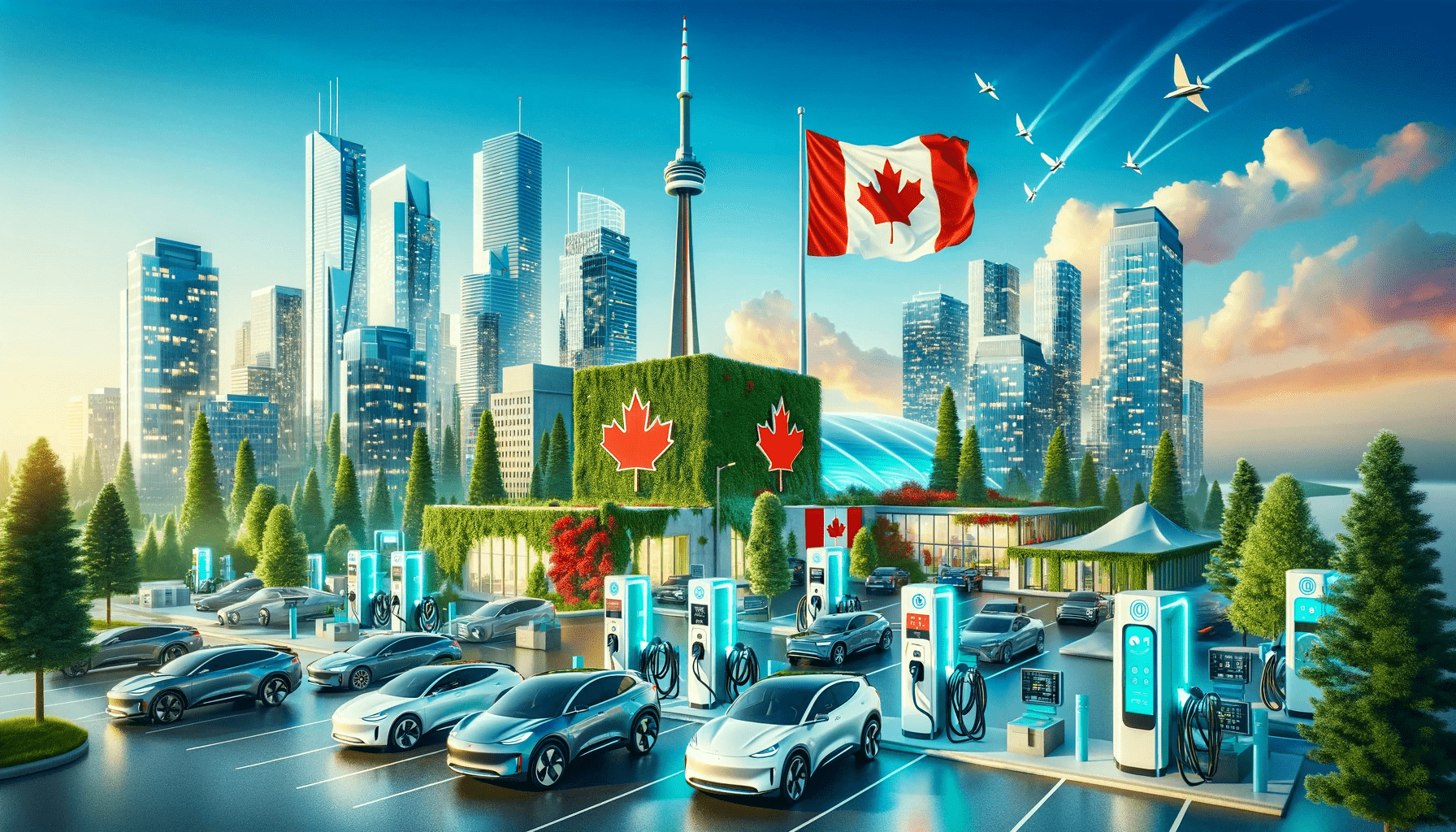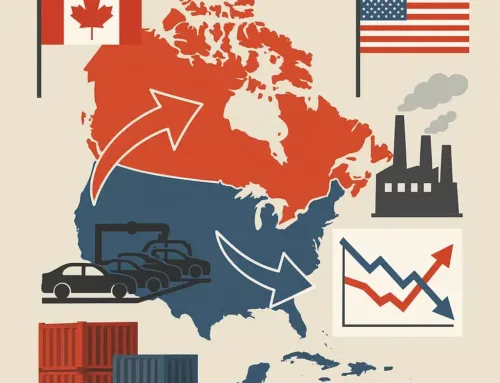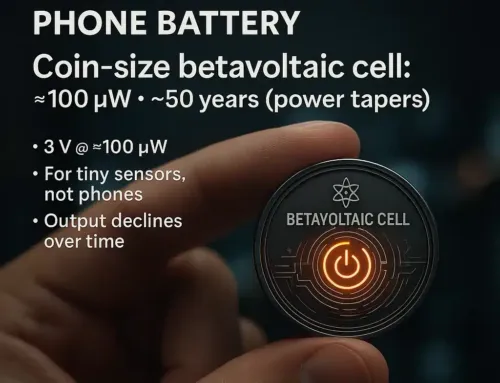
Approx. read time: 3.3 min.
Post: Canada’s Journey Towards an Electric Vehicle Future: Overcoming Consumer Hesitation and Building Infrastructure
Canada’s Journey Towards an Electric Vehicle Future: Overcoming Consumer Hesitation and Building Infrastructure.
Canada is aspiring to become a nation predominantly using electric vehicles (EVs), yet this goal is hampered by the hesitancy of consumers to embrace this change. Despite the government’s push for EVs to become both a preferred and eventually exclusive option for drivers in Canada, this vision is yet to fully materialize. At a Kia and Subaru dealership in Whitehorse, Yukon, managed by Raman Grewal, there’s a noticeable interest in EVs and plug-in hybrids. However, concerns like ‘range anxiety’ – the fear of the vehicle’s battery running out before reaching a charging station – particularly on remote routes like the Alaska Highway, are prevalent. Grewal notes that EVs are practical for daily commutes within 200 kilometers, especially in colder northern climates, but they’re less suitable for those living further away or without access to grid electricity.
In city centers, which surprisingly have lower EV adoption rates compared to suburbs, challenges differ. According to Jimmy Hearn, author of a S&P Global report, urban residents often depend on street parking where charging stations are scarce, unlike suburban residents who can install home chargers. Even in Montreal, with over 2,000 public charging stations, these concerns persist, as noted by Norman John Hébert of Groupe Park Avenue. He also highlights issues like long wait times and the higher cost of EVs compared to internal combustion engine vehicles.
The high average price of EVs, around $73,500, is a significant deterrent, as indicated by Canadian Black Book and AutoTrader reports. S&P Global predicts a rise in EV market share, yet recent actions by automakers like Ford and General Motors, who have scaled back EV production due to reduced demand, suggest a gap between expectations and reality. The Canadian government’s ambitious target of 100% new car sales being electric by 2035 underscores the critical need for consumer buy-in. Brian Kingston of the Canadian Vehicle Manufacturer’s Association emphasizes the need for a collaborative national approach to promote EV sales, which involves enhancing the power grid, providing incentives, investing in the EV supply chain, and expanding charging infrastructure.
Canada’s Journey Towards an Electric Vehicle Future: Overcoming Consumer Hesitation and Building Infrastructure
The importance of government subsidies in encouraging EV purchases is evident. Thomas An of BMW Aurora notes that their customers often benefit from federal incentives. Similarly, customers at Grewal’s dealership in Whitehorse can access both federal and provincial rebates, though such incentives vary across provinces.
EV sales disparities among dealerships and regions reflect the influence of these subsidies. For instance, higher EV sales in Quebec and B.C. are linked to stronger incentives in these provinces. Hearn observes that consumers often combine federal and provincial rebates to maximize savings. Despite some reports of slowing EV uptake, the overall trend shows a rise in sales.
At the national level, Canada is progressing in securing EV supply chain investments, a crucial step in its ambition to become an EV leader. Significant investments include Volkswagen’s battery plant in Ontario and Stellantis NV-LG Energy Solution Ltd.’s plant in Windsor, among others. However, the focus shouldn’t be limited to affluent consumers; efforts must reach Canadians across all income levels.
Achieving the 2035 mandate for electric car sales requires a coordinated effort involving all government levels. As Kingston suggests, a well-thought-out plan is essential for meeting these targets. The transition to EVs isn’t just about the vehicles themselves but encompasses a broader shift in consumer behavior, infrastructure, and governmental support.
Related Posts:
Exploring the RB5X: A Journey into the World of Personal Robotics(Opens in a new browser tab)
Norway’s Effective Winter EV Charging Strategy: Lessons for the U.S.(Opens in a new browser tab)
Google Infrastructure Update May 2019?(Opens in a new browser tab)








